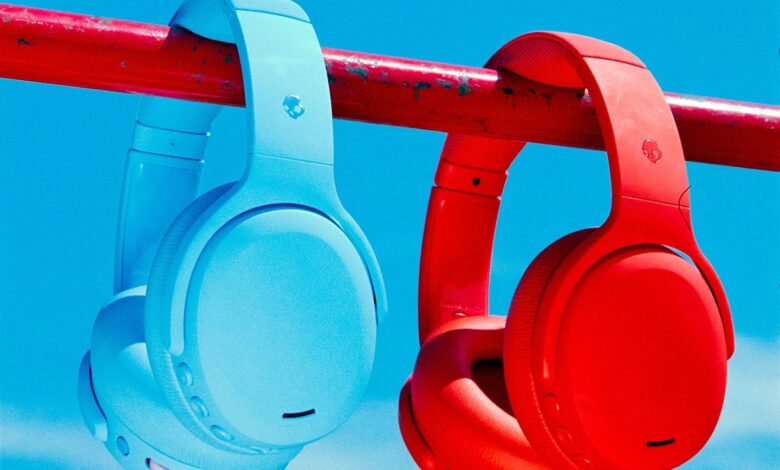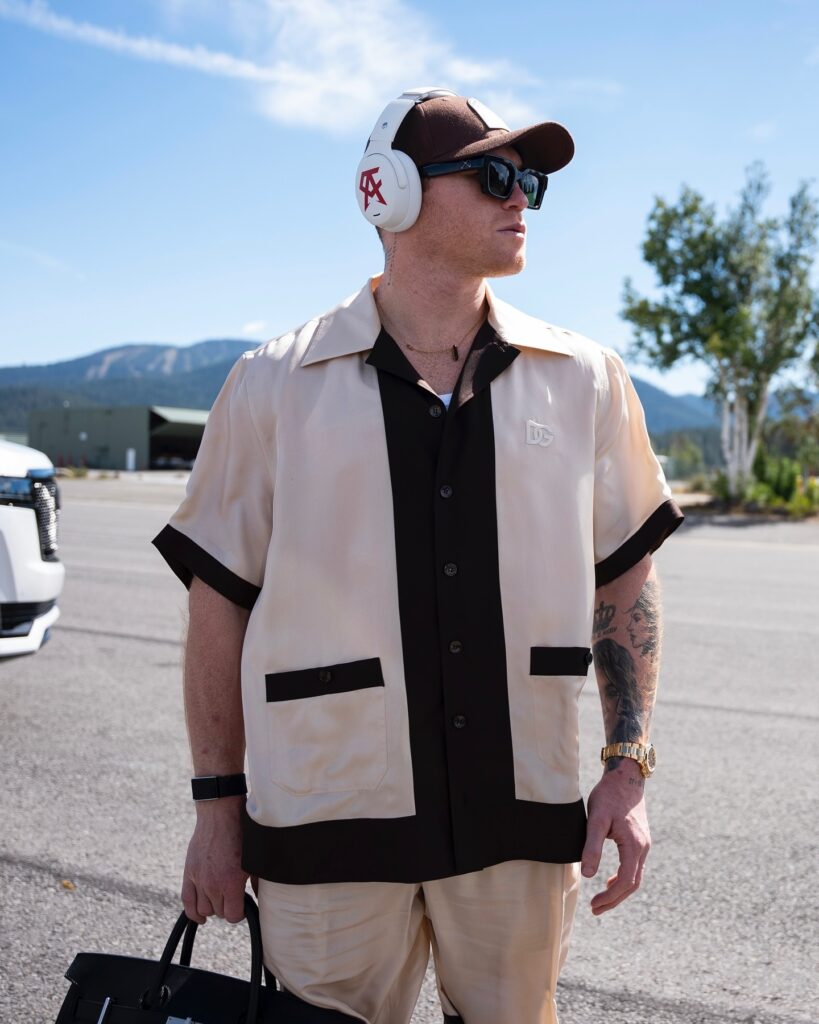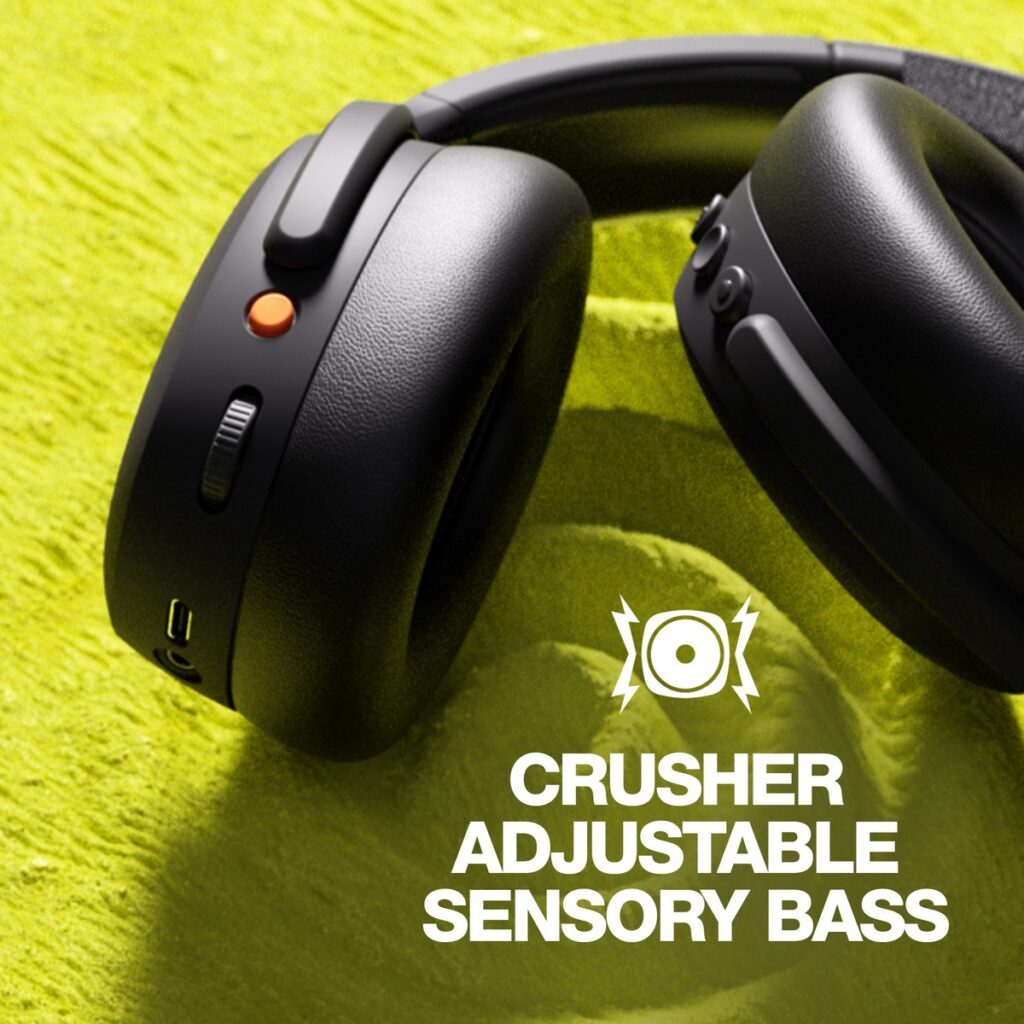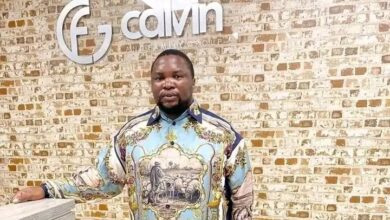From Niche Rebel to Audio Powerhouse: How Skullcandy Became a Global Headphone Brand

From Niche Rebel to Audio Powerhouse: How Skullcandy Became a Global Headphone Brand. In an industry dominated by tech giants, Skullcandy emerged as an unexpected disruptor—blending style, affordability, and high-performance sound to capture a devoted audience. What started as a small startup targeting extreme sports enthusiasts has evolved into one of the most recognizable audio brands in the world. Through bold marketing, cultural relevance, and strategic innovation, Skullcandy carved out a unique identity in the crowded headphone market. This article explores the journey of Skullcandy, from its humble beginnings to becoming a globally recognized brand, uncovering the key strategies and turning points that fueled its success.
The Birth of Skullcandy: A Brand for the Adventurous
Skullcandy was founded in 2003 by Rick Alden, an entrepreneur and snowboarder who noticed a gap in the headphone market. Traditional audio brands catered to audiophiles or professional users, but Alden envisioned a brand that resonated with action sports enthusiasts—snowboarders, skateboarders, and surfers—who craved both functionality and style in their audio gear.
The brand’s first major innovation came in the form of the link system, which allowed users to seamlessly switch between their music and phone calls, a groundbreaking feature at the time. Skullcandy headphones weren’t just about sound; they were about lifestyle—designed for movement, adventure, and self-expression. This positioning set the foundation for the brand’s long-term success.

The Marketing Edge: Music, Sports, and Culture
Unlike traditional headphone brands that focused on technical specifications, Skullcandy took a lifestyle-first approach, deeply integrating itself into music, sports, and street culture. This strategy was pivotal in attracting a younger audience.
- Sponsorships and Partnerships – Skullcandy partnered with extreme sports athletes, including snowboarders and skaters, giving the brand authenticity in subcultures where individuality mattered. This association made Skullcandy products aspirational for young, active consumers.
- Music and Festival Culture – Recognizing the influence of music on youth culture, Skullcandy collaborated with hip-hop and rock artists, reinforcing its image as an edgy, rebellious brand. The brand’s presence at major music festivals further solidified its connection with fans.
- Bold Branding and Design – Unlike competitors that leaned toward sleek, minimalist designs, Skullcandy embraced loud colors, skull motifs, and statement-making aesthetics. This differentiation made the brand instantly recognizable and visually appealing to trend-conscious consumers.
Overcoming Challenges: Competing with Industry Giants
Despite its early success, Skullcandy faced challenges in scaling its brand while maintaining credibility. Competing with established players like Bose and Sony required constant innovation and agility.
- Retail Expansion vs. Brand Authenticity – As Skullcandy expanded into mainstream retail stores like Best Buy and Walmart, it risked losing its niche appeal. The company navigated this challenge by maintaining strong community ties and exclusive product drops to keep core fans engaged.
- The Rise of Wireless Audio – The shift from wired headphones to wireless technology posed a major disruption. Skullcandy adapted by launching Bluetooth models that retained the brand’s signature affordability and style.
- Financial Setbacks and Restructuring – After going public in 2011, Skullcandy faced financial struggles that led to its privatization in 2016. This move allowed the brand to refocus on its core identity and regain momentum in product innovation and marketing.

Global Expansion: Taking the Brand Worldwide
Skullcandy’s success wasn’t limited to the U.S.—it strategically expanded into international markets by understanding regional consumer preferences and maintaining its cultural edge.
- Localized Collaborations – The brand engaged in partnerships with local artists and athletes to resonate with audiences in different countries.
- Affordable Premium Positioning – Skullcandy positioned itself as the stylish alternative to high-end brands, offering premium sound at a fraction of the price.
- E-commerce Growth – A shift towards direct-to-consumer sales allowed Skullcandy to build stronger relationships with its customers while reducing dependence on third-party retailers.
Key Lessons for Entrepreneurs
Skullcandy’s journey offers valuable insights for entrepreneurs looking to build and sustain a successful brand:
- Differentiate with a Clear Identity – Skullcandy’s success stemmed from its ability to stand out with bold designs and a rebellious attitude.
- Align with Culture, Not Just Product Features – By integrating into music, sports, and youth culture, Skullcandy created a brand people connected with emotionally.
- Adapt to Industry Shifts – The transition from wired to wireless could have been a setback, but Skullcandy embraced change and stayed relevant.
- Stay True to Your Core Audience – Even as the brand scaled globally, it never abandoned its extreme sports roots.
- Leverage Direct-to-Consumer Channels – Focusing on e-commerce helped Skullcandy control its brand experience and customer relationships.

Conclusion: A Legacy of Disruption
Skullcandy’s rise from a niche snowboarder’s brand to a global audio powerhouse is a testament to strategic branding, cultural authenticity, and adaptability. By daring to be different and staying connected to its community, Skullcandy redefined what a headphone brand could be. For entrepreneurs, its journey is a reminder that success isn’t just about creating great products—it’s about creating a brand that people want to be a part of.




